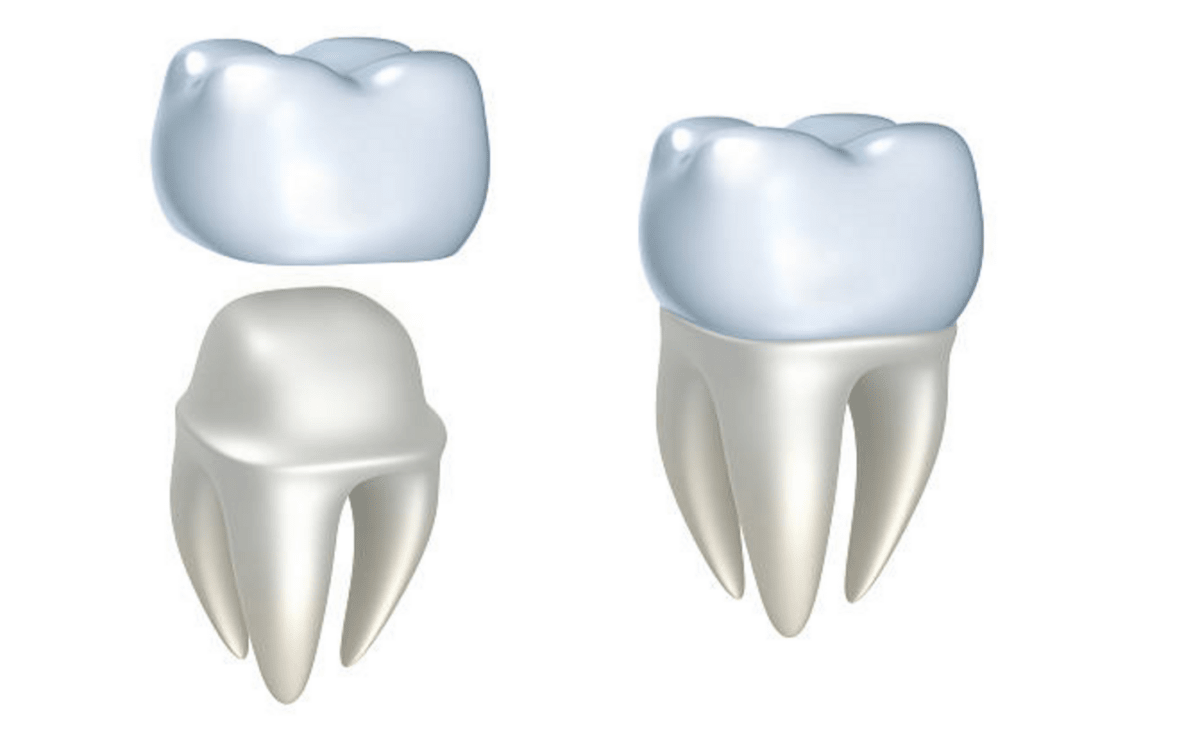When you have dental work done which involves the use of a crown, the dentist may make you have a temporary crown to protect your tooth until the permanent one is prepared. The temporary crowns are not meant to be permanent, but they are very important in preserving your oral health in the meantime. The frequent inquiry of the patients is the following: How long does a temporary crown take to cause trouble? The solution relies on a number of factors – on the material you use for your oral hygiene practices.
What Is a Temporary Crown?
A temporary crown is a temporary dentin restoration that is composed of acrylic resin or stainless steel. It capillary shields an already reshaped tooth awaiting permanent crown. Temporary crowns are created by dentists to:
- Protect the open tooth against sensitization and infection.
- Keep the teeth and lips in good condition and chew and speak.
- Stop the movement of neighboring teeth.
- Bruise the form of the gum tissue.
These crowns are bonded with a weaker form of dental cement as they are destined to be temporary and are easily removable in the event that the permanent crown is complete.
Temporaries: But How Long Does a Temporary Crown Last?
Most temporary crowns are made such that they can last between two and three weeks. This will enable your dentist to submit your impressions to a laboratory, have the permanent crown made and arrange a follow up appointment to have the permanent crown placed.
Nonetheless, life does not necessarily go as planned. At other times, there are delays, be it lab schedules, other dental complications or personal reasons. In these situations, temporary crowns might be used by the patients for up to six to eight weeks. Although this can be the case, it is not perfect. After this point, they can begin to develop problems with loosening, wear or gum irritation.
What Is the Consequence of Retaining a Temporary Crown?
Retaining a temporary crown that is longer than advised may result in a number of dental complications. Here’s what may happen:
Cement Weakening
The temporary cement has a short term adhesive property. In the long run, it may become weak making the crown come loose or drop without notice.
Tooth Sensitivity or Decay
In case of a loose crown, then bacteria may get into the gap between tooth and the crown leading to a high potential of decay or infection.
Gum Inflammation
These can swell or be tender as a result of poor fit or extended use.
Damage to the Crown
Temporary crowns are fabricated using less strong materials, and therefore can be easily chipped or broken in case of exposure to hard or sticky food stuff.
Shifting Teeth
Without a fast replacement of the fallen crown, the neighboring teeth may shift into the opening, which may influence the bite and the fit of the permanent crown.
Signs Your Temporary Crown Needs Attention
You would call your dentist in case you realize any of the following:
- The crown is loose or wibbly.
- When you bite, you get pain or suffering.
- You see your gums around the crown are swollen or bloody.
- The bad taste or smell in the crowned region.
- The crown is broken, knifed, or lost.
Although the problem can appear trivial, timely intervention can eliminate more severe problems.
Caring of the Temporary Crown
Temporary crowns can be made to last till your permanent one is made by taking proper care. Use these tips dentist approved:
Avoid Sticky or Hard Foods
Foodstuffs such as: caramel, chewing gum or nuts may loosen or crack the crown. Eat soft foods until you have your permanent crown.
Brush and Floss Gently
Brush teeth twice a day with a soft-bristled brush. In flossing, move the floss as an outward, not an upwards motion, which causes the loss of the crown.
Wear a Mouthguard in case You grind your teeth
Temporary crowns may be worn out relatively fast by night grinding (bruxism). Ask your dentist to give you a mouthguard.
Do Not Use That Side to Chew Heavy
Temporarily, e.g. chew the other side of your mouth to reduce the pressure on the temporary crown.
Visit Your Dentist on a regular basis
In case you would like to delay the day when you will get your permanent crown, inform your dentist. They can cement or glue the temporary crown to make it secure.
How to cope When Your Temporary Crown goes Dead
In case the temporary crown loses, there is no need to panic, yet it should not be overlooked as well. Keep the crown dry, wash it using water and call your dentist immediately. In other instances dental cement can be purchased over the counter to temporarily fix it until you can seek professional attention. Do not apply glue or any household adhesive which may destroy the tooth and the tissues around the tooth.
Conclusion
The temporary crown is an indispensable component of your dental restoration process, yet it is precisely what it is called – temporary. As a rule, the average time is 2-3 weeks, and with the correct maintenance, this may last up to 6-8 weeks provided there is absolutely no need to do so. But, when held too long, it may lead to such problems as decay, gum irritation, or even damage to your underlying tooth.
To eliminate complications, it is suitable, always follow the instructions of your dentist, keep good teeth, and place permanent crowns as soon as possible. It is important to keep in mind that temporary crowns are merely a step towards a healthier and stronger smile, rather than a permanent one.

